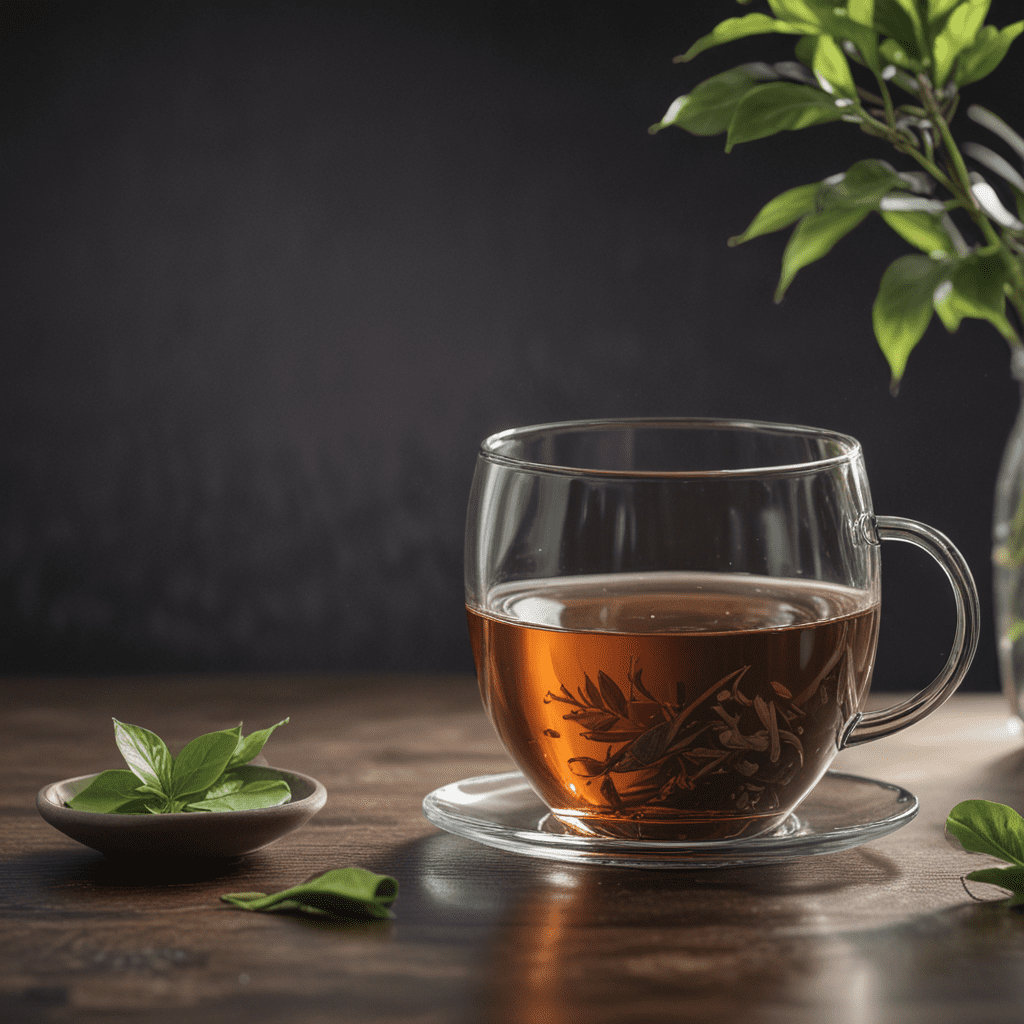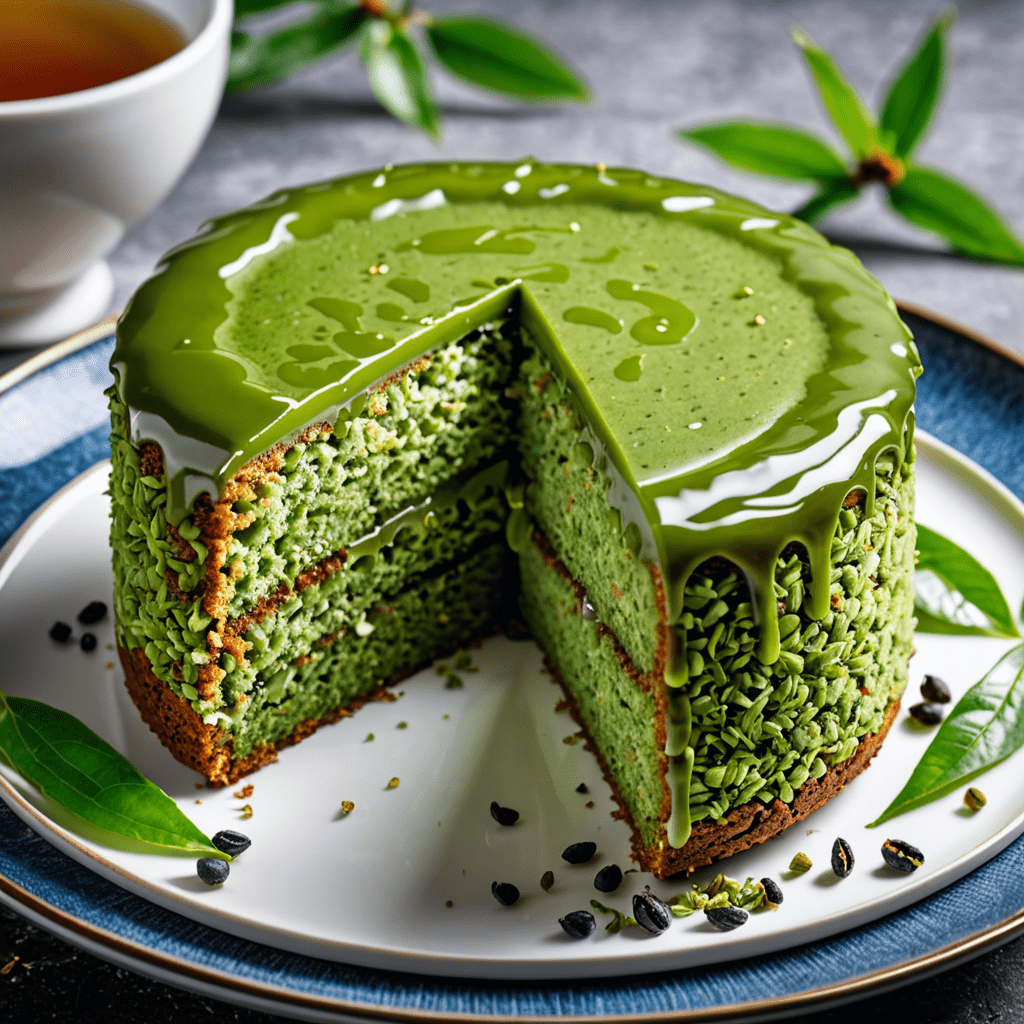1. Introduction: A Cup of Culture and Calm
In India, tea is more than just a beverage; it's an integral part of the cultural fabric, a symbol of hospitality, and a gateway to mindfulness. From the vibrant chai stalls on bustling street corners to the serene tea gardens nestled in the foothills of the Himalayas, tea permeates every aspect of Indian life. In this article, we will embark on a journey into the world of Indian tea, exploring its rich history, diverse varieties, and profound impact on well-being. We will delve into the art of tea preparation, the practice of mindful tea rituals, and the ancient wisdom behind the healing power of tea. Join us as we discover how a simple cup of tea can become a transformative experience, fostering calmness, promoting mindfulness, and enriching our lives.
6. The Healing Power of Tea: Traditional Wisdom Meets Modern Science
For centuries, Indians have revered tea for its medicinal properties. Traditional Ayurvedic texts extol the virtues of various teas for their ability to alleviate ailments ranging from headaches and indigestion to anxiety and insomnia. Modern science has begun to validate these ancient claims, revealing the potent bioactive compounds within tea that contribute to its remarkable health benefits.
Black tea, for example, is rich in flavonoids, powerful antioxidants that protect against cellular damage and reduce the risk of chronic diseases like heart disease and cancer. Green tea, renowned for its high levels of catechins, particularly epigallocatechin gallate (EGCG), has been shown to boost metabolism, promote weight loss, and even possess anti-cancer properties.
Medicinal herbs and spices like ginger, tulsi (holy basil), and ashwagandha are often infused with tea, further enhancing its therapeutic potential. Ginger tea is a traditional remedy for nausea, while tulsi tea is valued for its stress-relieving and immunity-boosting properties. Ashwagandha, an adaptogenic herb, helps regulate cortisol levels, reducing anxiety and promoting relaxation.
7. The Art of Tea Pairing: Elevating the Experience
Just as food pairings enhance culinary experiences, tea pairings can elevate the enjoyment and health benefits of your tea ritual. The key lies in understanding the unique flavor profiles of different teas and how they complement or contrast with various foods.
Strong, malty black teas pair beautifully with rich pastries and desserts, while delicate green teas harmonize with lighter fare like salads and steamed vegetables. Herbal infusions like chamomile and peppermint can be enjoyed alongside fruits and light snacks. Experimenting with different tea and food combinations allows you to discover new flavor dimensions and maximize the health benefits of each element.
8. Ethical Considerations: Sourcing Tea with a Conscience
As tea consumption continues to rise globally, it's crucial to consider the ethical implications of our tea choices. Fair trade practices ensure that tea farmers receive fair compensation for their labor and that environmental standards are upheld. Look for certifications like Fairtrade International and Rainforest Alliance when purchasing tea to support responsible and sustainable practices.
9. Conclusion: A Journey of Transformation, One Sip at a Time
Tea is more than just a beverage; it's a gateway to cultural immersion, mindful living, and holistic well-being. Through its rich history, diverse flavors, and therapeutic properties, tea offers a transformative journey, enriching our lives one sip at a time. Embrace the ritual of tea preparation, savor its sensory delights, and allow its mindful practice to nourish your mind, body, and spirit.
10. Frequently Asked Questions (FAQs)
1. What is the best time to drink tea for optimal health benefits?
The best time to drink tea depends on the type of tea and your individual preferences. Black tea and green tea are best enjoyed in the morning or afternoon due to their caffeine content. Herbal infusions are caffeine-free and can be enjoyed throughout the day, including before bed.
2. How much tea should I drink per day?
The recommended amount of tea consumption varies depending on the type of tea and individual health considerations. Generally, 2-3 cups of black or green tea per day is considered safe for most adults. Consult a healthcare professional if you have any concerns or pre-existing medical conditions.
3. Can I add sugar or milk to my tea?
Adding sugar or milk to tea is a matter of personal preference. However, it's important to note that these additions may alter the taste and health benefits of the tea. If you choose to add sugar or milk, do so in moderation.
4. How can I incorporate tea rituals into my daily life?
Start by setting aside a dedicated time each day for your tea ritual, even if it's just for 10-15 minutes. Choose a calming environment and focus on the sensory experience of preparing and enjoying your tea. Be present in the moment and savor each sip, allowing the tea to nourish your mind, body, and spirit.


